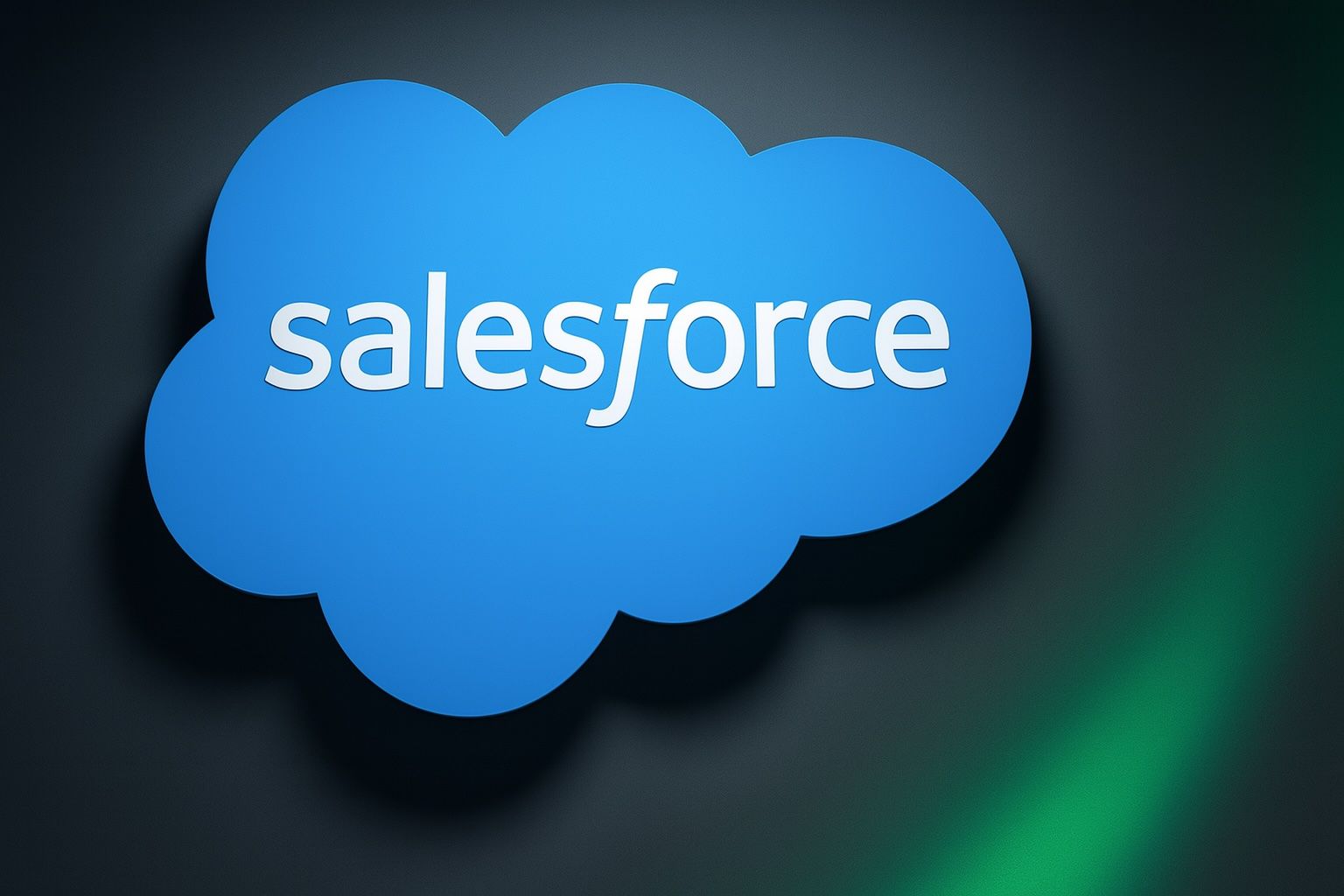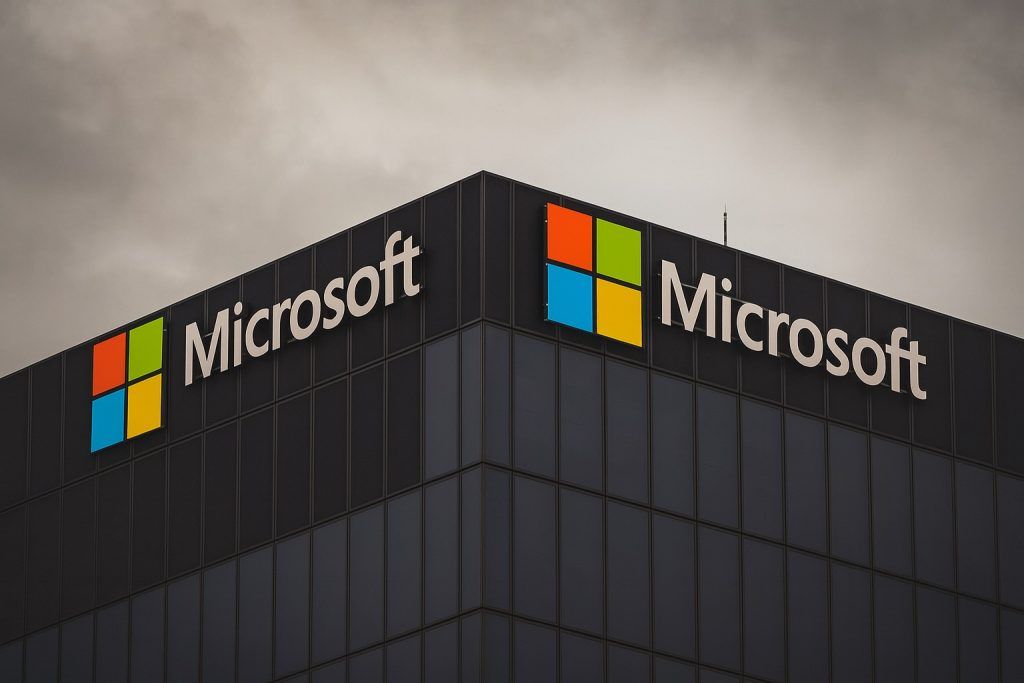- Institutional investors expand positions – Woodward Diversified Capital LLC increased its Netflix stake by 23.2%, bringing its holdings to 1,345 shares worth about $1.8 million; the stock constitutes 0.9% of its portfolio, the fund’s 21st‑largest holding [1]. Panoramic Capital Partners LLC bought 234 shares valued at $304,000, joining other funds such as Nuveen LLC and Goldman Sachs that raised their stakes [2]. Institutional ownership stands at about 80.93% of outstanding shares [3].
- Mixed analyst sentiment but strong consensus – Goldman Sachs trimmed its price target to $1,300 while maintaining a neutral rating, implying an 8.6 % upside from late‑September prices [4]. Despite the cut, analyst consensus remains bullish with 23 Buy ratings and only three Sells, and the average target price of about $1,334 [5].
- Surging stock and growth metrics – Netflix shares have surged roughly 70% over the past year, trading near $1,206 with a market cap of roughly $513 billion [6]. Q2 2025 revenue was $11.08 billion, up 16% year‑on‑year; EPS of $7.19 beat estimates, and free cash flow nearly doubled to $2.27 billion [7]. Netflix expects 2025 revenue of $44–45 billion and operating margins around 29.5% [8].
- Expanding advertising and partnerships – The ad‑supported tier, launched in late 2022, attracted more than 15 million new subscribers by mid‑2025 and now accounts for over 40 million subscribers and 94 million monthly active users [9]. Netflix inked multi‑year co‑marketing deals with AB InBev, integrating ads into NFL Christmas games and women’s World Cup broadcasts, highlighting how streaming and beer are “complementary social experiences” [10]. Advertising revenue is projected to nearly double in 2025 [11].
- Speculation about major acquisitions – Wells Fargo flagged Netflix as a potential bidder for Warner Bros. Discovery (WBD). Analysts speculate such a deal could lift Netflix’s earnings by 18% and push its market value toward $1 trillion, although skeptics argue mega‑mergers often disappoint [12].
- Gaming and “Netflix House” ventures – Netflix is reorganizing its gaming arm around party games, kids games, narrative titles and blockbuster‑licensed games, following the success of GTA and Squid Game: Unleashed [13]. It is also preparing to open immersive venues called “Netflix House” in Dallas and Philadelphia with VR games, mini‑golf and merchandise experiences [14].
- Controversy fuels stock volatility – After tech billionaire Elon Musk urged followers to “cancel Netflix for the health of your children” in response to an animated show accused of promoting “trans ideology,” Netflix shares fell 2.3% [15]. Musk continued the boycott call by responding to comments alleging that Netflix discriminates against white people [16].
- Regulatory headwinds and social debates – Turkey’s media regulator fined Netflix and ordered removal of five films for violating “national and moral values” [17]. Netflix’s reputation remains strong, but accusations of promoting a “trans ideology” in some shows and rising subscription prices have sparked boycotts [18].
- Leadership changes and governance – Co‑founder Reed Hastings moved to non‑executive chairman in April 2025; Ted Sarandos and Greg Peters serve as co‑CEOs [19]. Netflix’s board completed a phased declassification, with all directors now elected annually [20].
- Competitive landscape – Netflix remains the world’s largest subscription video platform with about 301.6 million paid memberships [21]. Its U.S. market share (21–27%) is closely contested by Amazon Prime Video [22]. YouTube and TikTok increasingly vie for viewer attention, while regional players like Hotstar also compete [23].
Netflix’s Recent Trajectory: A Comprehensive Analysis
Institutional Stake Building and Insider Moves
Institutional money continues to stream into Netflix. Woodward Diversified Capital LLC increased its position by 23.2%, bringing its holdings to 1,345 shares valued at roughly $1.8 million [24]. This represents 0.9% of Woodward’s portfolio, signaling confidence in Netflix’s growth prospects. Another investment firm, Panoramic Capital Partners LLC, purchased 234 shares worth approximately $304,000 [25]. The broader institutional ownership remains high (about 81% of shares outstanding) [26], though not all insider activity is bullish: CFO Spencer Neumann and CEO Gregory Peters recently sold shares [27].
Analyst Views: Moderately Bullish Despite Downgrades
Analysts largely view Netflix as a growth stock, albeit with caution. Goldman Sachs lowered its price target from $1,310 to $1,300, citing rising competition but still seeing 8.6% potential upside [28]. The broader consensus remains upbeat: 23 analysts rate the stock a Buy, nine rate it Hold, and only three Sell, giving an average target price near $1,334 [29]. Other brokerages such as Evercore ISI and Jefferies maintain price targets above $1,350, while Barclays remains bearish with a $1,100 target, underscoring divergent views on Netflix’s ability to outgrow competitors. [30].
Financial Results and Outlook
In the second quarter of 2025, Netflix’s financial performance impressed. Revenue rose 16% year‑on‑year to $11.08 billion, propelled by price hikes, subscriber additions and surging advertising revenue [31]. Net income grew 46% to $3.13 billion, and diluted EPS climbed to $7.19 [32]. Free cash flow almost doubled to $2.27 billion [33], enabling debt reduction and content spending. Management expects 2025 revenue of $44.8–$45.2 billion and projects an operating margin around 29.5%, up from 27.2% a year earlier [34]. These robust numbers justify Netflix’s high valuation multiples (forward P/E ~48.8; PEG ~2.03) [35].
Expansion of Ad‑Supported Tier and Partnerships
Netflix’s pivot to advertising is paying off. The ad‑supported tier, priced at $7.99, has attracted more than 15 million new global subscribers and now accounts for roughly 40 million subscribers and 94 million monthly active users [36]. Ad revenue is projected to double in 2025, helped by Netflix’s first‑party ad technology and global rollout [37]. The company recently inked a multiyear deal with AB InBev to integrate beer brands into Netflix’s live sports broadcasts and shows. AB InBev’s global chief marketing officer said streaming and beer are “complementary social experiences,” and the partnership includes cross‑promotion during NFL Christmas games and the 2027 Women’s World Cup [38].
Speculation Over a Warner Bros. Discovery Acquisition
One of the most debated topics among media analysts is whether Netflix will pursue a blockbuster acquisition. Wells Fargo analysts have floated the idea of Netflix bidding for Warner Bros. Discovery. They estimate that combining the two companies could boost Netflix’s earnings by 18% and push its market capitalization toward $1 trillion [39]. Opponents, such as Bernstein analyst Laurent Yoon, argue that most big media mergers fail to deliver promised synergies and note that adding WBD’s catalog may only generate temporary engagement [40]. As of now, there is no official indication that Netflix is pursuing the deal.
Gaming, Events and the “Netflix House” Vision
Beyond streaming, Netflix is diversifying into gaming and experiential entertainment. The company is reorganizing its gaming division around four categories—party games, children’s games, narrative titles and blockbuster‑licensed games. Executives have highlighted progress with games like Grand Theft Auto and Squid Game: Unleashed, and they plan to ramp up investment while keeping budgets disciplined [41].
Netflix is also experimenting with physical venues. The upcoming “Netflix House” locations in Philadelphia and Dallas will offer VR experiences, mini‑golf inspired by popular shows, and themed merchandise [42]. These interactive spaces aim to convert fans into higher‑value customers and are part of a broader strategy to blend digital content with real‑world engagement.
Controversies: Cultural Backlash and Regulatory Challenges
Netflix’s cultural influence has made it a target of political and social debates. In September 2025, Elon Musk told his millions of followers to cancel their Netflix subscriptions, declaring “cancel Netflix for the health of your children” after an animated series was accused of promoting a “trans agenda” [43]. Musk continued the attack by posting that Netflix discriminates against white people [44]. His comments triggered a 2.3% drop in Netflix’s share price and sparked online calls for boycotts [45]. Netflix has not directly responded, but the episode underscores how sensitive content can quickly become politicized.
The streaming giant also faced regulatory pressure: Turkey’s media watchdog fined Netflix and ordered the removal of five movies for allegedly violating national values [46]. Meanwhile, some conservative groups have accused Netflix of pushing a “trans ideology” through its programming [47]. These controversies highlight the tightrope Netflix walks between creative freedom and global cultural sensitivities.
Leadership and Governance Developments
Netflix’s leadership structure evolved in 2025. Co‑founder Reed Hastings stepped back to become non‑executive chairman, while Ted Sarandos and Greg Peters share CEO duties [48]. The company’s board completed a phased transition to annual elections for all directors, signaling a stronger commitment to shareholder accountability [49]. Investor focus also rests on CFO Spencer Neumann and other top executives who maintain Netflix’s strategy of content diversification, technology investment and disciplined spending.
Competitive Landscape and Market Position
With about 301.6 million paid memberships, Netflix remains the world’s largest subscription video platform [50]. Its U.S. market share sits between 21% and 27%, neck‑and‑neck with Amazon Prime Video [51]. Globally, however, Amazon’s 240 million subscribers and Disney+’s 125 million illustrate intensifying competition [52]. New rivals also include social‑first platforms like YouTube and TikTok for viewers’ time [53].
Netflix’s main strengths lie in its massive content library and sophisticated recommendation algorithms, resulting in a low churn rate of about 2.4% [54]. Yet there are weaknesses: content costs exceeding $17 billion a year, slower growth in saturated markets, price‑sensitive churn after recent price hikes, and continued reliance on breakout hits [55]. Analysts note that Netflix’s venture into live sports is still nascent compared with rivals, though rights to NFL Christmas games and WWE RAW could widen its appeal [56].
Outlook: Will the Momentum Continue?
Netflix enters the final quarter of 2025 with considerable momentum: robust earnings, a booming advertising business, aggressive content investment and potential new revenue streams from gaming and physical experiences. Analysts caution that the stock’s lofty valuation already prices in much of this optimism. Yet if Netflix can successfully integrate advertising, maintain subscriber growth, expand into live events and execute on interactive ventures like Netflix House, its status as the premier streaming brand could endure.
The coming months will test whether the company can convert its diversified strategies into sustained profitability while navigating regulatory pushback and cultural controversies. Investors should watch for subscriber trends after price hikes, the early performance of Netflix’s live sports, and management commentary on M&A. If it avoids missteps, Netflix could continue to outpace peers and approach the trillion‑dollar valuation some analysts envision.
References
1. www.marketbeat.com, 2. www.marketbeat.com, 3. www.marketbeat.com, 4. www.marketbeat.com, 5. www.marketbeat.com, 6. ts2.tech, 7. markets.financialcontent.com, 8. markets.financialcontent.com, 9. markets.financialcontent.com, 10. ts2.tech, 11. markets.financialcontent.com, 12. ts2.tech, 13. ts2.tech, 14. ts2.tech, 15. pl.investing.com, 16. pl.investing.com, 17. ts2.tech, 18. markets.financialcontent.com, 19. markets.financialcontent.com, 20. markets.financialcontent.com, 21. markets.financialcontent.com, 22. markets.financialcontent.com, 23. markets.financialcontent.com, 24. www.marketbeat.com, 25. www.marketbeat.com, 26. www.marketbeat.com, 27. www.marketbeat.com, 28. www.marketbeat.com, 29. www.marketbeat.com, 30. ts2.tech, 31. markets.financialcontent.com, 32. markets.financialcontent.com, 33. markets.financialcontent.com, 34. markets.financialcontent.com, 35. markets.financialcontent.com, 36. markets.financialcontent.com, 37. markets.financialcontent.com, 38. ts2.tech, 39. ts2.tech, 40. ts2.tech, 41. ts2.tech, 42. ts2.tech, 43. pl.investing.com, 44. pl.investing.com, 45. pl.investing.com, 46. ts2.tech, 47. markets.financialcontent.com, 48. markets.financialcontent.com, 49. markets.financialcontent.com, 50. markets.financialcontent.com, 51. markets.financialcontent.com, 52. markets.financialcontent.com, 53. markets.financialcontent.com, 54. markets.financialcontent.com, 55. markets.financialcontent.com, 56. ts2.tech





